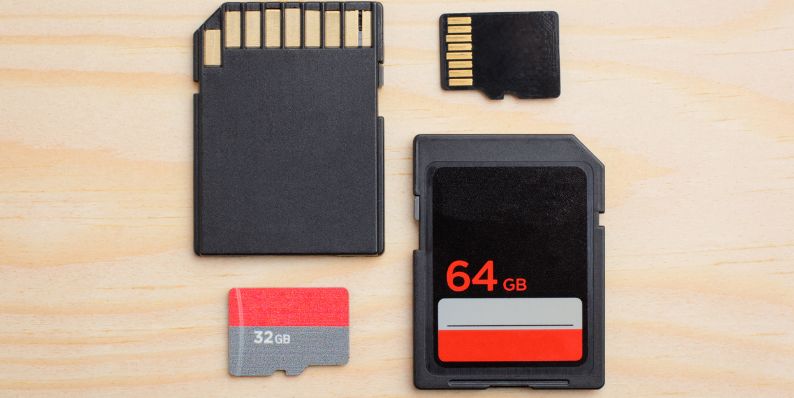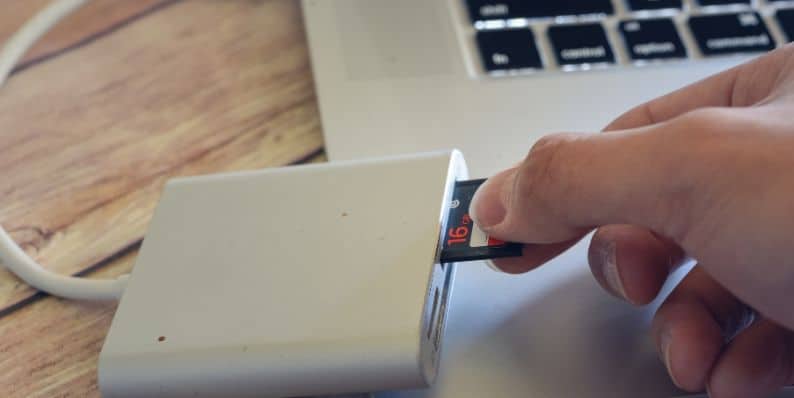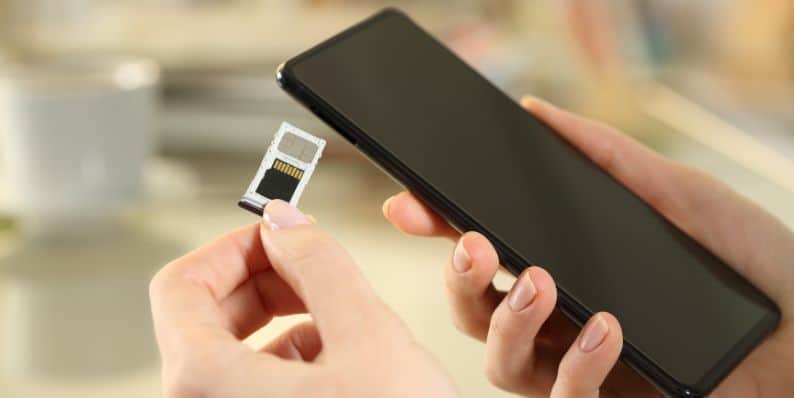SD cards are still used every day. People use them in phones, cameras, laptops. They store pictures, videos, music, and files. But not all devices read them the same way.
Some laptops have card slots. Some don’t. Phones may need an adapter. Sometimes the SD card doesn’t show up at all. That’s where this guide helps.
Know Your SD Card Type Before You Start
 Before you plug anything in, know what kind of card you have. Not all SD cards work the same way. Some are small. Some are large. Some hold more data. Some need newer readers.
Before you plug anything in, know what kind of card you have. Not all SD cards work the same way. Some are small. Some are large. Some hold more data. Some need newer readers.
There are four common types:
- SD – Standard capacity, works with most basic readers
- SDHC – Higher capacity (up to 32GB), common in older cameras
- SDXC – Extra capacity (64GB and above), needs updated readers
- microSD – Tiny version used in phones, tablets, drones
Some use FAT32. Others use exFAT or NTFS file systems. If your reader can’t open it, it may be because of the format.
How to Read SD Cards on Laptops (Windows and Mac)
 Here’s how to open and use an SD card on your laptop, whether you're using Windows or a Mac.
Here’s how to open and use an SD card on your laptop, whether you're using Windows or a Mac.
Windows Laptop
If your laptop has an SD slot, just insert the card. Open File Explorer, go to This PC, and look for a new drive. That’s your card.
If it doesn’t show up, try a USB card reader. Plug it in and repeat the steps. Make sure the SD card is seated fully.
MacBook or iMac
Newer Macs use USB-C. So if there’s no slot, use a USB-C to SD adapter. Once plugged in, open Finder. You should see the SD card on the sidebar.
If not, open Disk Utility. The card might need to be mounted manually. Always eject safely before unplugging to avoid damage.
How to Use SD Cards on Phones and Tablets
 If you want to read an SD card on your phone or tablet, this shows what tools you need and what steps to follow.
If you want to read an SD card on your phone or tablet, this shows what tools you need and what steps to follow.
Android Phones
Many Android phones have a microSD slot. Insert the card and go to your File Manager app. Look for internal and external storage options.
If your phone has no slot, use an OTG cable and a USB card reader. Plug it in and it should read the SD card like a flash drive.
iPhones and iPads
These devices don’t have card slots. You’ll need a Lightning to SD card reader or USB-C to SD adapter for iPad Pro models. Open the Files app to view card contents.
Sometimes the card doesn’t show because the format isn’t supported. iOS prefers FAT32 or exFAT.
What to Do If the SD Card Doesn’t Show Up
Sometimes your device won’t detect the card. Here are the most common fixes that work.
- Remove and reinsert the card
- Try a different card reader
- Use another device to test the card
- Open Disk Management (Windows) or Disk Utility (Mac)
- Check if the card is unformatted or shows as RAW
- Do not format unless you backed up the files first
Cards can also get corrupt. Avoid pulling out the card without ejecting. That’s one of the top reasons cards stop working.
Tools That Help Read SD Cards on Any Device
Not every device has a built-in slot. These are the best tools to help you read any type of SD card.
- USB SD card reader – works with desktops and older laptops
- USB-C hub – helps new laptops with no SD slot
- microSD to SD adapter – needed for reading small cards in full-size slots
- OTG cable – lets Android phones connect to USB devices
- Lightning SD reader – works with iPhones or iPads
Some all-in-one card readers support SD, microSD, and even CompactFlash cards. One tool for many formats.
Conclusion: Simple Tools Make SD Card Access Easy
You don’t need to be tech-savvy to read an SD card. You just need the right card type, a working reader, and a few simple steps. Once you know the basics, you can use SD cards with almost any device.
Keep your files backed up. Eject cards safely. Use a reader that fits your card. That’s all it takes.




